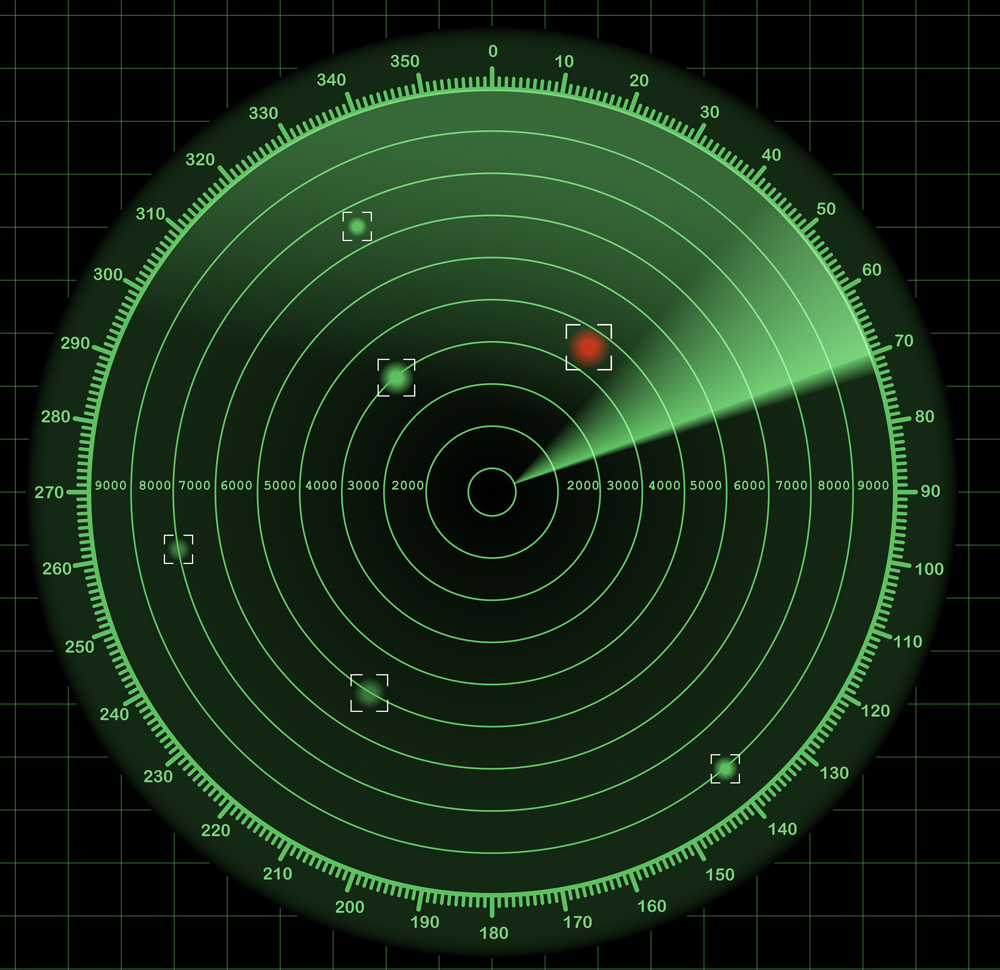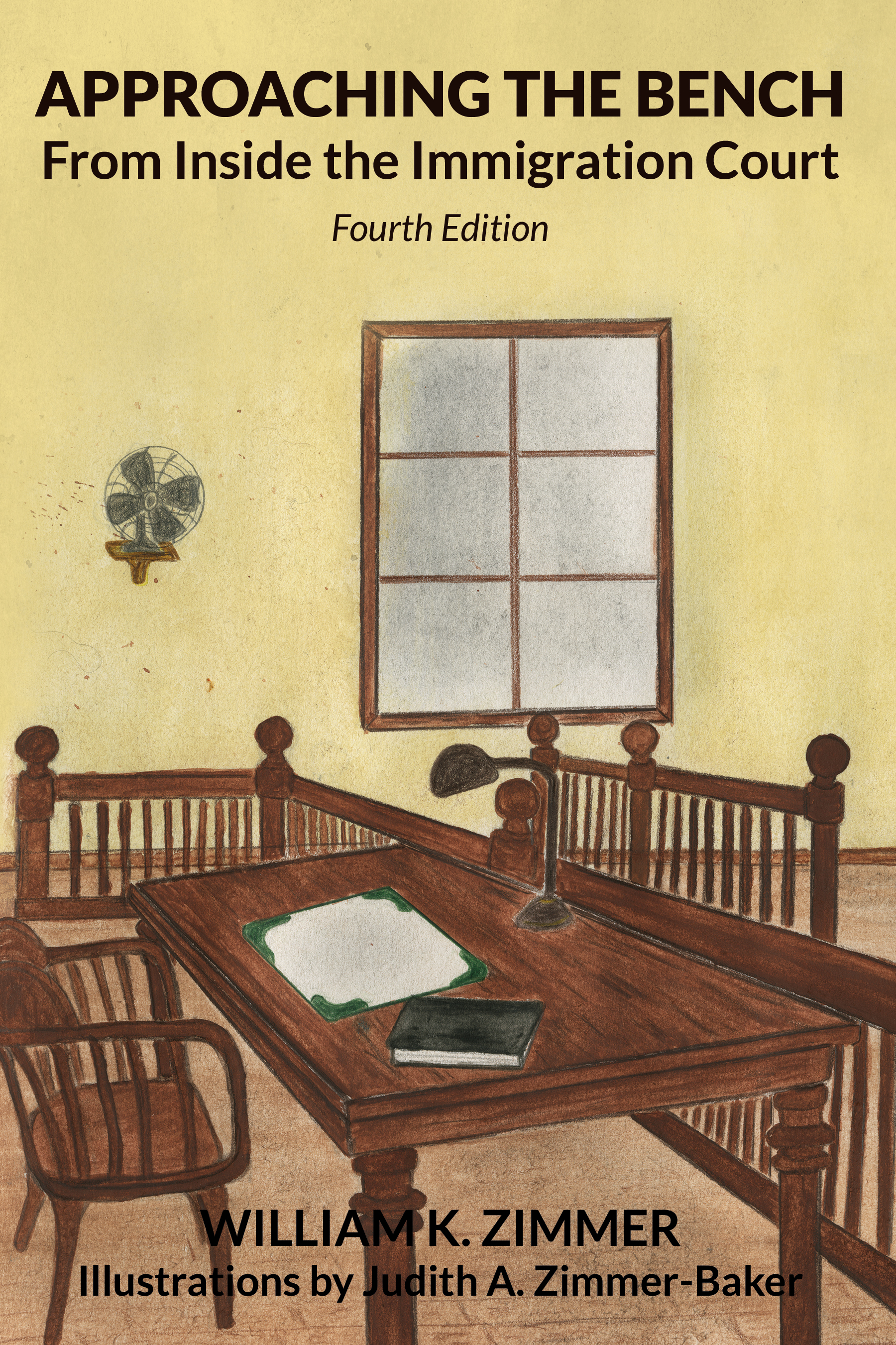Judicial Review Under Review

The specific controversy in Patel, et al v. Garland, involves the application of the limitation of judicial review in section 242(a)(2)(B)(i) of the Immigration and Nationality Act, as amended (“the Act”).
The language of section 242(a)(2)(B)(i) of the Act is as follows:
(B) Denials of discretionary relief
Notwithstanding any other provision of law (statutory or nonstatutory) . . . and except as provided in subparagraph (D) . . . no court shall have jurisdiction to review –
(i) any judgment regarding the granting of relief under section 212(h), 212(i), 240A, 240B, or 245 . . .
Section 242(a)(2)(D) of the Act, referenced in the opening text of section 242(a)(2)(B) of the Act, provides an exception to jurisdiction limitation as follows:
Nothing in subparagraph (B) . . . or in any other provision of this Act (other than this section) which limits or eliminates judicial review, shall be construed as precluding review of constitutional claims or questions of law raised upon a petition for review filed with an appropriate court of appeals in accordance with this section.
In particular, the Petitioner is challenging the decision of the Eleventh Circuit Court of Appeal that agreed with the Fourth Circuit Court of Appeal in holding that section 242(a)(2)(B)(i) of the Act strips appellate courts of jurisdiction to review the denial of adjustment of status (the application in the case under review which was denied by the Immigration Judge and affirmed by the Board of Immigration Appeals (“BIA”)) along with the other forms of relief enumerated in its text, regardless of whether the issues involve questions of statutory eligibility for relief, fact, or discretion. Patel v. Attorney General, 971 F.3d 1258 (11th Cir. 2020). The Eleventh Circuit Court of Appeal panel decision is reported at 917 F.3d 1319.
The Eleventh Circuit Court of Appeal reached its decision contrary to the positions articulated by both the government and the Petitioner that section 242(a)(2)(B)(i) of the Act precludes judicial review of only discretionary determinations underlying the enumerated categories of relief, and not whether an applicant is statutorily eligible for such relief (as asserted by both parties).
Of course, the Eleventh Circuit Court of Appeal acknowledged the exception Congress provided under section 242(a)(2)(D) of the Act relating to rulings involving questions of law or constitutional issues that remain within the jurisdiction of appellate courts to review.
There is a circuit split relating to the jurisdiction question raised in Patel v. Garland. The First, Second, Third, Fifth, Ninth, and Tenth Circuit Courts of Appeal have held that section 242(a)(2)(B)(i) of the Act only bars review of the exercise of discretion.
As noted above, the Eleventh and Fourth Circuit Courts of Appeal are in agreement that section 242(a)(2)(B)(i) of the Act strips appellate courts of jurisdiction to review all denials of all forms of relief enumerated in its text, regardless of whether the issues involve questions of statutory eligibility, fact, or discretion; provided such denial does not involve questions of law or constitutional issues.
The arguments raised by the Government against the broad jurisdiction limitation declared by the Eleventh Circuit Court of Appeal involve connotations and denotations of the words like “judgement;” the title used in section 242(a)(2)(B)(i) of the Act, “Denials of discretionary relief;” and comparison of language with other sections of the Act that limit judicial review. See, for example, section 242(a)(2)(A) of the Act (limiting review of expedited removal) and section 242(a)(2)(C) of the Act (limiting review of orders against criminal aliens).
The Petitioner and Amicus Curiae argue that the Eleventh Circuit Court of Appeals broad jurisdiction limitation places petitioners at a disadvantage because the Department of Homeland Security can choose not to charge an individual in the first phase of removal proceedings until that individual applies for relief, and thereby avoid judicial review by isolating the issue in the context of a relief application in the second phase of removal proceedings.
This argument does not seem to take into consideration shifting and changing burdens of proof between the parties and for distinct purposes in the first phase and the second phase of removal proceedings that relate to overlapping law governing removal charges and eligibility standards for relief from removal.
Distinct and shifting burden of proof could complicate the comparison of removal charges that overlap with relief eligibility standards.
Regardless of one’s point of view, this will be an interesting and important case to keep on the radar.
